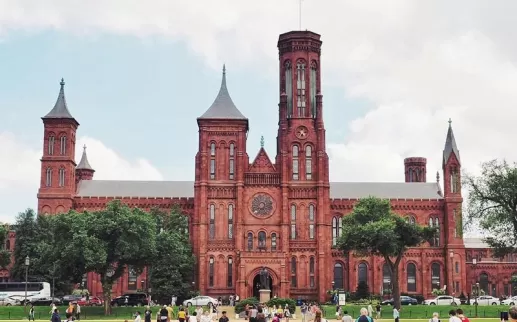As winter storms batter rural America, local public broadcasting stations play a critical role in keeping communities informed. Desiree Hagan, a reporter at KOTZ in Kotzebue, Alaska, vividly describes her commitment during severe weather conditions. For Hagan, the responsibility of reporting during emergencies means providing lifesaving information to a community of roughly 3,000 residents scattered across the Arctic Circle. However, recent legislative moves threaten the very funding that supports such critical local journalism.
In Washington, D.C., senators are faced with a significant decision regarding the federal budget that could dismantle crucial support for public broadcasting. A vote is pending on cuts amounting to $1.1 billion from the Corporation for Public Broadcasting (CPB), which allocates funds to local stations. This has become a key agenda point for President Trump, who has publicly criticized public media and threatened to withdraw support from Republican senators who don’t back his proposed cuts.
While more than 70% of CPB’s funding benefits local media stations—many in rural areas—these cuts would predominantly take aim at stations like KOTZ, where public funding contributes to a substantial portion of their revenue. For many rural stations, federal grants represent a significant lifeline, often accounting for over a quarter of their operating income. Hagan’s station relies on government support for 41% of its budget, underscoring the severe impact of potential funding reductions on local reporting capabilities.
Amid pushback from senators representing rural states, some politicians, like Republican Senator Lisa Murkowski of Alaska, are vocal against the cuts, highlighting the importance of public broadcasting as a vital resource in their communities. For rural constituents who depend on these stations for news and emergency updates, the cuts could prove disastrous. Congressman Dan Goldman notes the surprising resistance among Republican senators, many of whom recognize the value of public media in their constituencies.
The threat to public broadcasting funding is not just a political issue but poses direct consequences for the rural communities that largely supported Trump in previous elections. Rural areas remain increasingly without local news sources, leaving many counties classified as news deserts. With public media as one of the few lifelines keeping residents informed, the potential cuts lead to growing fears about the loss of critical local reporting.
Travis Bubenik, the news director at Marfa Public Radio in Texas, reflects the sentiments of many rural journalists who worry about the implications of fund cuts on their operation. Bubenik emphasizes the unique connection local stations have with their audience compared to the national networks they often criticize. The call for funding cuts could silence vital local voices and erode the trusted service rural communities have long relied upon.
As the Senate deliberates before the looming July deadline, the stakes remain high for public broadcasting. These services foster community ties and deliver essential news, especially in crisis situations. Desiree Hagan hopes that enough senators will prioritize the needs of their states and stave off cuts that would endanger public broadcasting, serving their diverse and often vulnerable populations. As discussions unfold, the future of rural media remains in a precarious balance, with consequences extending beyond budgets and into the fabric of these communities.



















